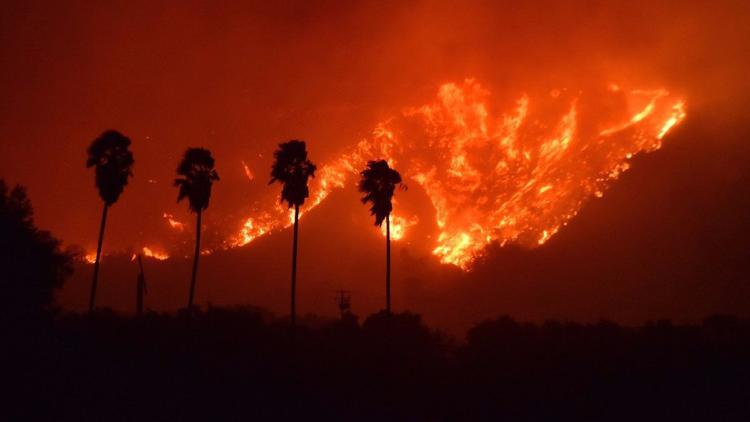Non-OPEC United States’ Oil Production Could Outdo Saudi Arabia and Russia by 2019

It is predicted that oilproduction in the United States could reach 10.8 million barrels per day by
2019. At a present capacity of 10.3 millions, this is 500,000 more barrels a
day than the country is currently producing and represents an amount that could
put the nation in first place, above Saudi Arabia and Russia with regards to
oil production. This forecast has been made by the U.S Department of Energy.
On top of this, the Energy
Information Administration (EIA) expects that this output will eventually hit
11 million barrels a day by the end of 2019. This will be an unprecedented high
for the country.
The U.S looks likely to lead
the way for non-OPEC production, which is anticipated to carry on growing all
the way through to the end of 2019. This will be accompanied by a number of new
oil sands projects up in Canada.
But Russia is not going to
be easy to beat, as it was recorded to be churning out 11 million barrels per
day in 2017. Meanwhile, Saudi Arabia, one of the most prominent members of
OPEC, is producing around 10 million barrels per day. However, both countries
are making a conscious effort to limit their output after a deal was made with
almost 25 producer nations. The aim of the deal is to reduce global oil
stockpiles and prop up prices. By limiting supply to a certain extent, OPEC is
hoping to stabilise the market and stop prices from falling too far. But, this
may be undermined if the U.S continues to expand in such a rapid way.
At the end of 2016, Saudi
Arabia’s production was around 10.6 million barrels per day, but this was
before OPEC decided it was going to cap production. While this cap does not
restrict Russia, the nation faces certain energy sanctions because of its
annexation of Crimea. This could stop it from reaching its full barrel
producing potential.
So, what is causing this U.S
increase in production? It is mainly being driven by shale fields. Here,
drillers can use highly complex methods such as hydraulic fracturing, which
extract oil and gas from tight rock formations. Indeed, so effective is this
method that U.S production of crude oil could grow by almost a million barrels
per day in 2018. Most of this growth is anticipated to come from the tight rock
formations located in Texas and North Dakota.
Shale fields in the U.S are
partly responsible for the price collapse in 2014.
Elsewhere, despite West
Texas Intermediate crude (WTI) hitting its highest price in over three years at
more than $63 per barrel, the EIA reckons that the average price for WTI will
be less than $53 a barrel this year.



Comments
Post a Comment